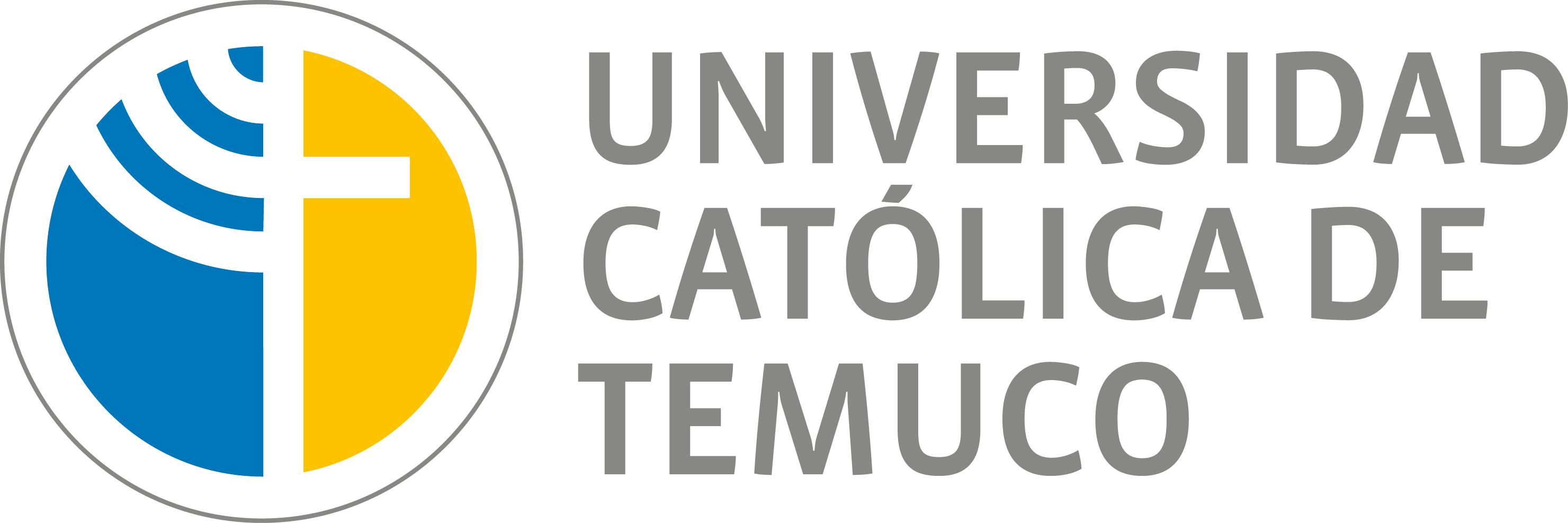In the past thirty years many mining projects in Chile and Peru have used: (i) polymeric geomembranes and (ii) design-and-build cutoff trenches, plastic concrete slurry walls, and grout curtain systems to control seepage at tailings storage facilities (TSFs). Geosynthetics are a viable alternative at a TSF dam for clay cores or impermeable materials, mainly because of their marked advantages in cost, installation, and construction time. This article describes the use of geosynthetics liners and cutoff trench–plastic concrete slurry walls–grout curtain systems in TSF dams in Chile and Peru mining, with the objective to decrease seepage to the environment, considering different dam material cases such as: cycloned tailings sand dams, borrow dams, and mine waste rock dams. Finally, this article discusses aspects of geosynthetic technology acceptance in the local regulatory frameworks, lessons learned, and advances. It focuses on the use and implementation of geosynthetics in TSFs in Chile and Peru, which have some of the highest TSF dams in the world, as well as a wet environment, dry environment, extreme topography, and severe seismic conditions. These conditions constitute a challenge for manufacturers, engineers, and contractors, who must achieve optimal technical solutions, while being environmentally aware and economic.
Keywords: mine copper tailings; mine gold tailings; seepage; environment; process water management; geomembrane liner; liner leakages; cutoff trench; plastic concrete slurry walls; grout curtain; seepage collection system
